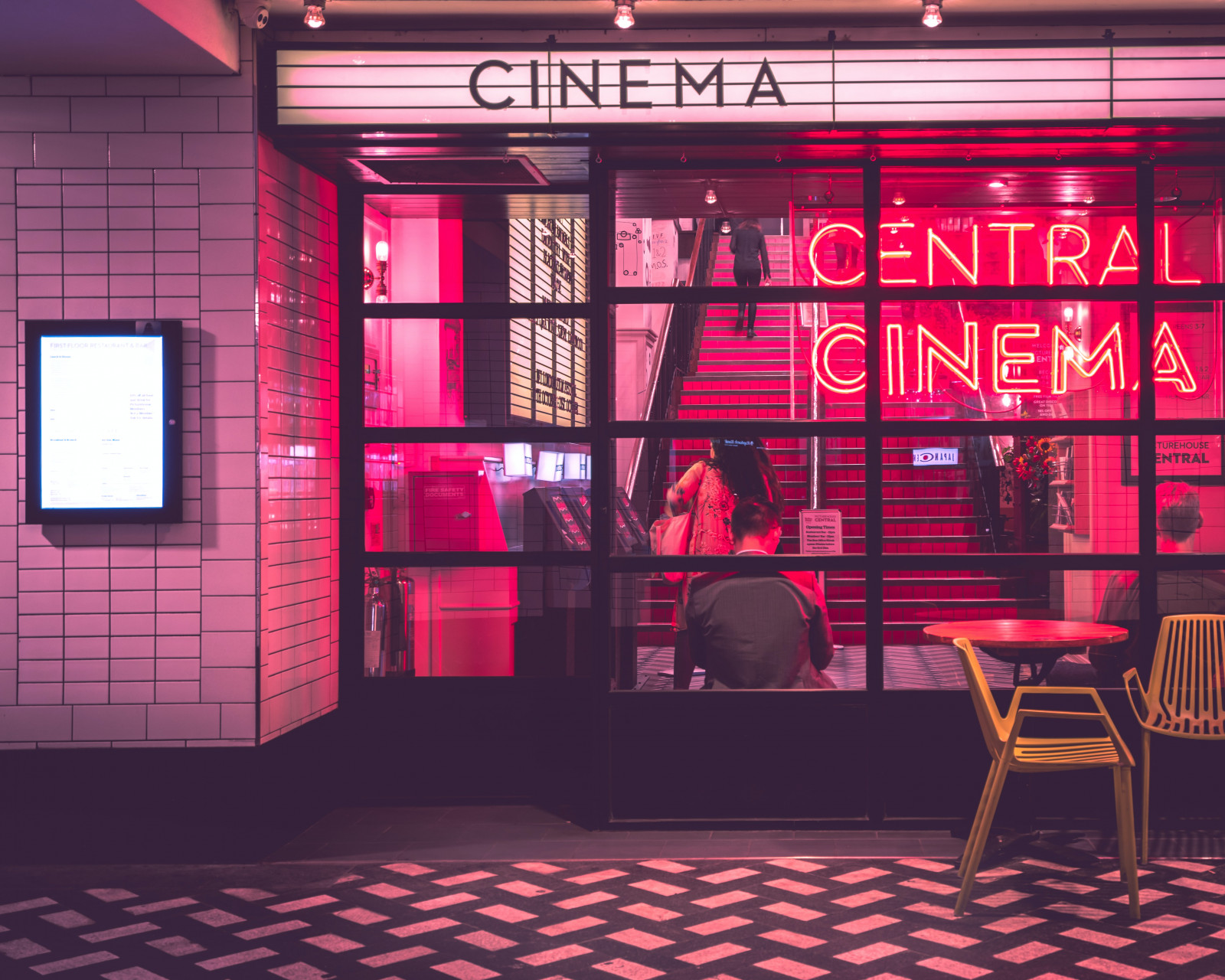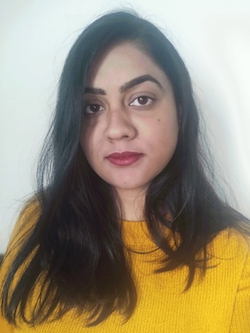“First day, first show” – Premium video on demand’s potential in India

Photo: Myke Simon

India is home to one of the world’s largest and most successful film industries.
However, 2020 was rife with economic setbacks across the entertainment industry due to the pandemic. The film industry was expected to perform poorly as lockdown measures restricted the operations of movie theatres. This further led to predictions of the film industries undergoing a steep decline until 2022, assuming the lockdown restrictions are lifted by then. As a result, film producers have begun to opt for digital-first releases. This has resulted in the media and entertainment industry mulling hybrid models for movies.
The forerunners of PVOD in India
The premium video on demand (PVOD) model is nascent in India. An early pioneer is BookMyShow, which was originally a ticketing service and took the pandemic as an opportunity to enter the video streaming space. This ranged from live music concerts in 2020 to a transactional video on demand (TVOD) service in February 2021 – BookMyShow Stream. BookMyShow Stream launched with Wonder Woman 1984 and Tenet, available to rent for a limited window or purchase, with pricing ranging from INR 40 ($0.55) to INR 799 ($11).
Subscription video on demand (SVOD) services are also experimenting with the PVOD model; for instance, Zee Entertainment introduced ZeePlex, a pay-per-view offering. However, pushing the PVOD model onto an SVOD platform risks cannibalising and alienating streaming subscribers.
Early access drives the film industry in India
The pandemic has forced film afficionados to let go of their love for “first day, first show” bragging rights. This is when the fans look to enjoy a movie on the first day or at worst, the first week. As a result, the film industry has directly suffered engagement and revenues for what remains an otherwise healthy movie watching market.
Featured Report
MIDiA Research 2026 predictions Change is the constant
Welcome to the 11th edition of MIDiA’s annual predictions report. The world has changed a lot since our inaugural 2016 edition. The core predictions in that report (video will eat the world, messaging apps will accelerate) are now foundational layers of today’s digital economy.
Find out more…Current iterations of the PVOD model in India include first-window access to films before they are available to stream on any of the SVOD services. This caters to both Bollywood as well as Hollywood fans. The Indian film audience enjoys watching films as soon as they can, preferably before their friends, and not when it is easier or cheaper to watch days or weeks later. This is the key factor that powered theatrical revenues in India before the pandemic. Letting afficionados brag about their early access, “first day, first show” experience via PVOD brings back one of the key social engagements from the film experience.
Bringing the IRL experience home – how PVOD can learn from virtual concerts
Madness JAMS, a live music property, found itself in a difficult situation as the pandemic began. Previously curating intimate unique live music experiences for independent music across India, it found itself forced to innovate and became one of the first companies to take up live indie music streaming. However, in a market where music ticket sales are consistently low, the company decided to bring the whole live music experience to fans creating an “experience box” with drinks and “munchies”. The idea behind the concept was that, in India, gig hoppers enjoy a pre-show drinking hangout with friends and quick bites after the show. They also took fandom a step forward by collaborating with each artist to create cocktail mixes based on a popular song by the artist. This created the potential for a new form of merch.
While live music experiences are tough to take offline, theatre experiences are simpler. Providing small, curated hampers with popcorn and drinks in collaboration with brands can help bring new consumers on board as well as attract the film aficionados that miss the theatre experience. In addition, digital tickets will be cheaper than a typical movie ticket, allowing afficionados to engage more for an experience like the movie theatre.
Strong digital payments and partnerships
The growing penetration of digital payments coupled with the mushrooming of digital payment companies has encouraged experimentation with the TVOD model. For Indian consumers, easy access is where they find true value. While TVOD is still in a nascent phase in India, it has the potential to be a part of the “new normal”. With players like BookMyShow’s historical ticketing relationships and deals with both major international and local players and Zee Plex with their Bollywood productions, there is a potential for the PVOD market to fill the void left by movie theatres. Book My Show’s success story includes over 100,000 streams of Zack Snyder's Justice League within three days of the movie’s launch. While this is still a small number in comparison to the millions of streams gathered by Bollywood movies on SVOD platforms, it’s a first step into a new model.
OTT will continue to lead the market through lockdown
OTT platforms are the most resilient segment of the Indian video industry in the pandemic. More growth is in store for these platforms, as more consumers in India come online. However, the biggest challenge with India has been consumers’ willingness to pay for entertainment.
Only 7% of the population are fully vaccinated – this, coupled with vaccination hesitance and lack of education, means that India is likely to be under lockdown rules far into 2022. Thus, PVOD models have the potential to gain significant adoption as Indian consumers seek to continue to watch new film releases. Whether these TVOD models will survive the return to the movie theatres when the lockdown is lifted depends upon how well established these emerging lockdown behaviours become.

The discussion around this post has not yet got started, be the first to add an opinion.